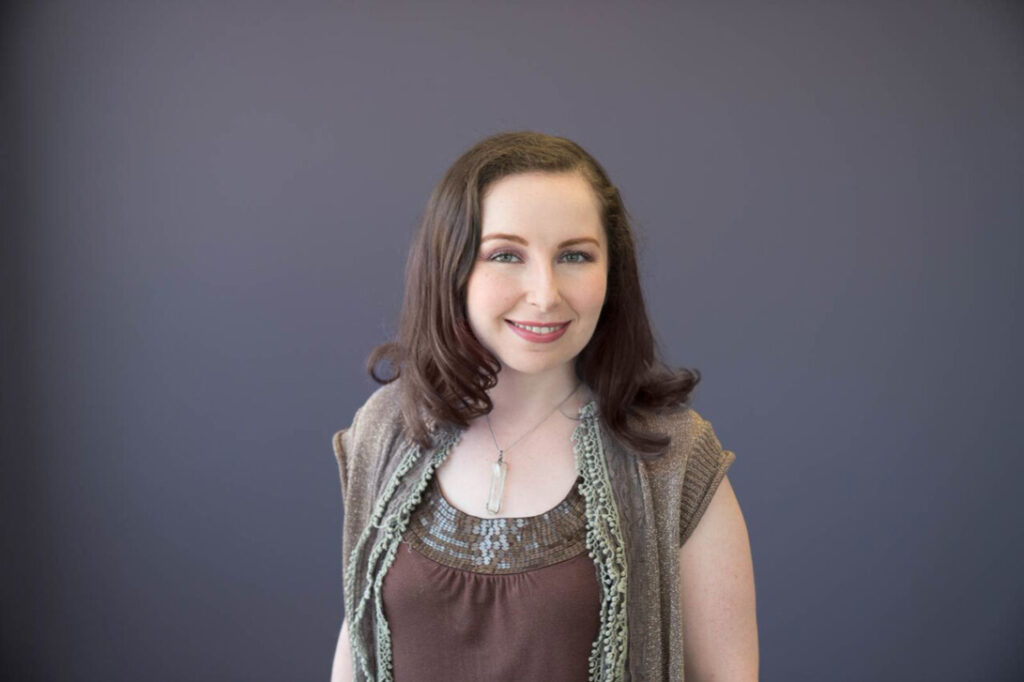By Dr. Natalie Feinblatt.
In my private practice my two main specialties are addiction & trauma. My far more niche expertise is helping former cult members recover from their experiences. And the longer I work in all three areas, the more I come to see the parallels between cults and abusive, highly dysfunctional families.
While there is no one universally agreed upon list of cult criteria, one of the two most commonly used was written by cult expert Dr. Margaret Singer. Below I use her criteria to draw comparisons between these two types of abusive systems.
1. Keep the person unaware of what is going on and how she or he is being changed a step at a time. Most abusive, highly dysfunctional families rely on their ability to keep the young children within them isolated from the healthier norms of other families and society at large. We have all worked with adult children of these families who recount to us the first time they realized their families were different from most others, and how they just assumed their family was “normal” until the adults in their family were no longer able to keep them unaware of the contrast between the norms of their family and other families.
2. Control the person’s social and/or physical environment; especially control the person’s time. Often children in abusive and highly dysfunctional families are prohibited from having friends over to their house, or from spending time at their friend’s homes. Some such families even take this to the extreme of home schooling and/or moving the family to a very isolated and unpopulated area. Sometimes the children/adult children of these families are guilted and shamed for not making the family the center of social life and schedule.
3. Systematically create a sense of powerlessness in the person. Abusive, highly dysfunctional families can create environments where members are afraid to branch out from or leave the family. This is most often due to explicit and implicit messages they’ve received from the family over the years about their lack of worth or inherent defectiveness. “If people knew the real you they wouldn’t stick around like us,” “You’d never survive without our help,” etc.
4. Manipulate a system of rewards, punishments and experiences in such a way as to inhibit behavior that reflects the person’s former social identity. When children/adult children of abusive and highly dysfunctional families begin to learn and practice healthier behaviors, the family often responds in a way designed to inhibit them from doing so. They are guilted, shamed, or made fun of for trying to set boundaries or engage in more balanced forms of communication.
5. Manipulate a system of rewards, punishments, and experiences in order to promote learning the group’s ideology or belief system and group-approved behaviors. Similarly, members of the family who maintain the system of abuse and dysfunction are often rewarded, or at least supported, for doing so.
6. Put forth a closed system of logic and an authoritarian structure that permits no feedback and refuses to be modified except by leadership approval or executive order. Many abusive, highly dysfunctional families maintain this type of authoritarian structure in which certain members are not allowed to be questioned or critiqued. And these members are the only ones permitted to enact any sort of change in the family norms.
(Adapted from Dr. Margaret Singer’s “Conditions for Thought Reform,” 1995)
So you can see that there are many parallels between how cults indoctrinate and control their members, and how highly dysfunctional families perpetuate their abuse. The further I get into my career, the more I tend to think of abusive, highly dysfunctional families as “little cults.” And hopefully now you can see why.
If you or a loved one is struggling with dysfunction within your relationships and would like expert help, please get in touch to see how we can help.
About the author
Dr. Natalie Feinblatt is a licensed psychologist in Los Angeles, California. She specializes in addiction, trauma, co-occurring disorders, psychosis, LGBTQIA+ individuals, and recovering cult members. She sees clients in her office and for video sessions. Learn more about her at her website, https://drnataliefeinblatt.com/



